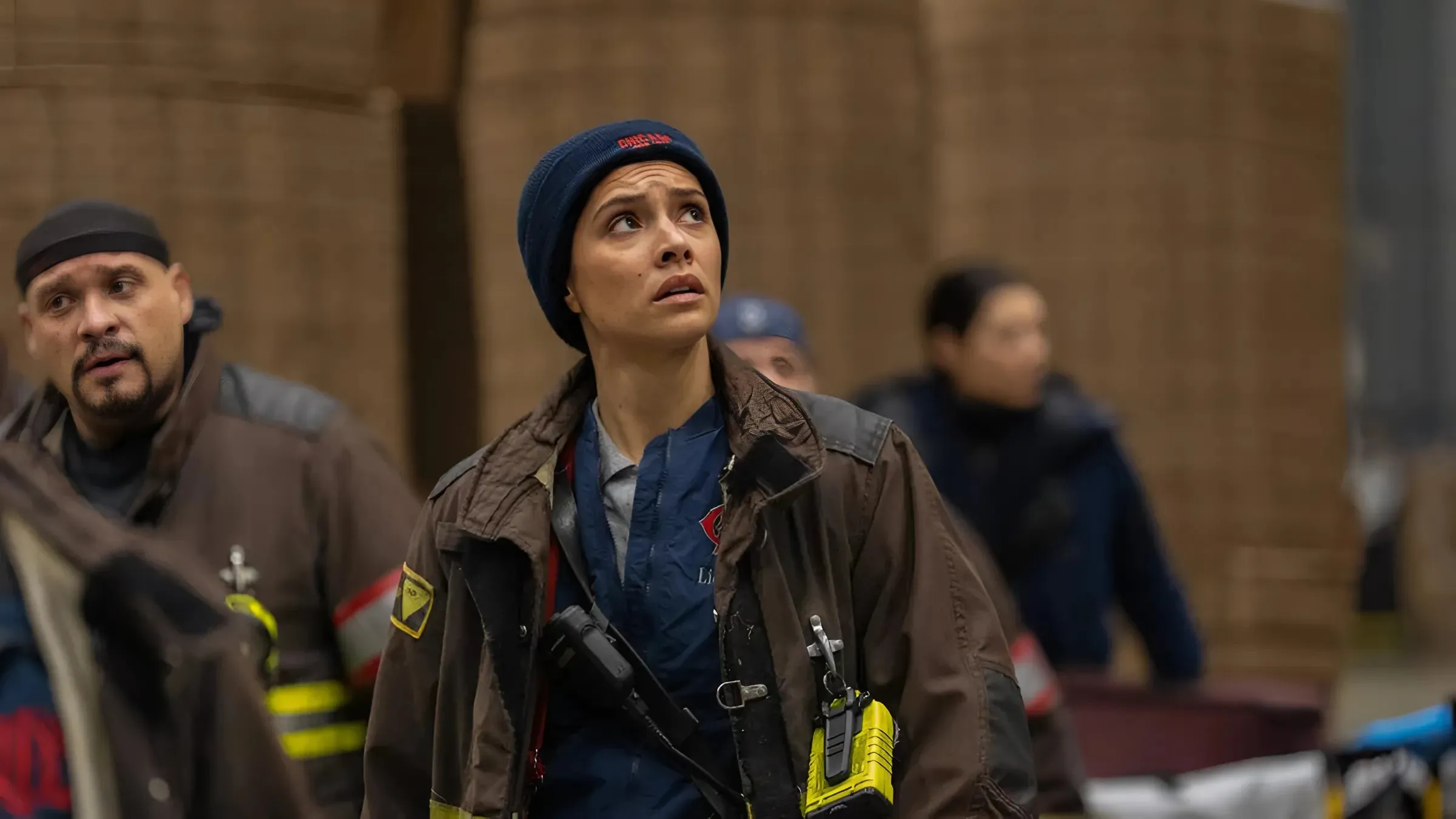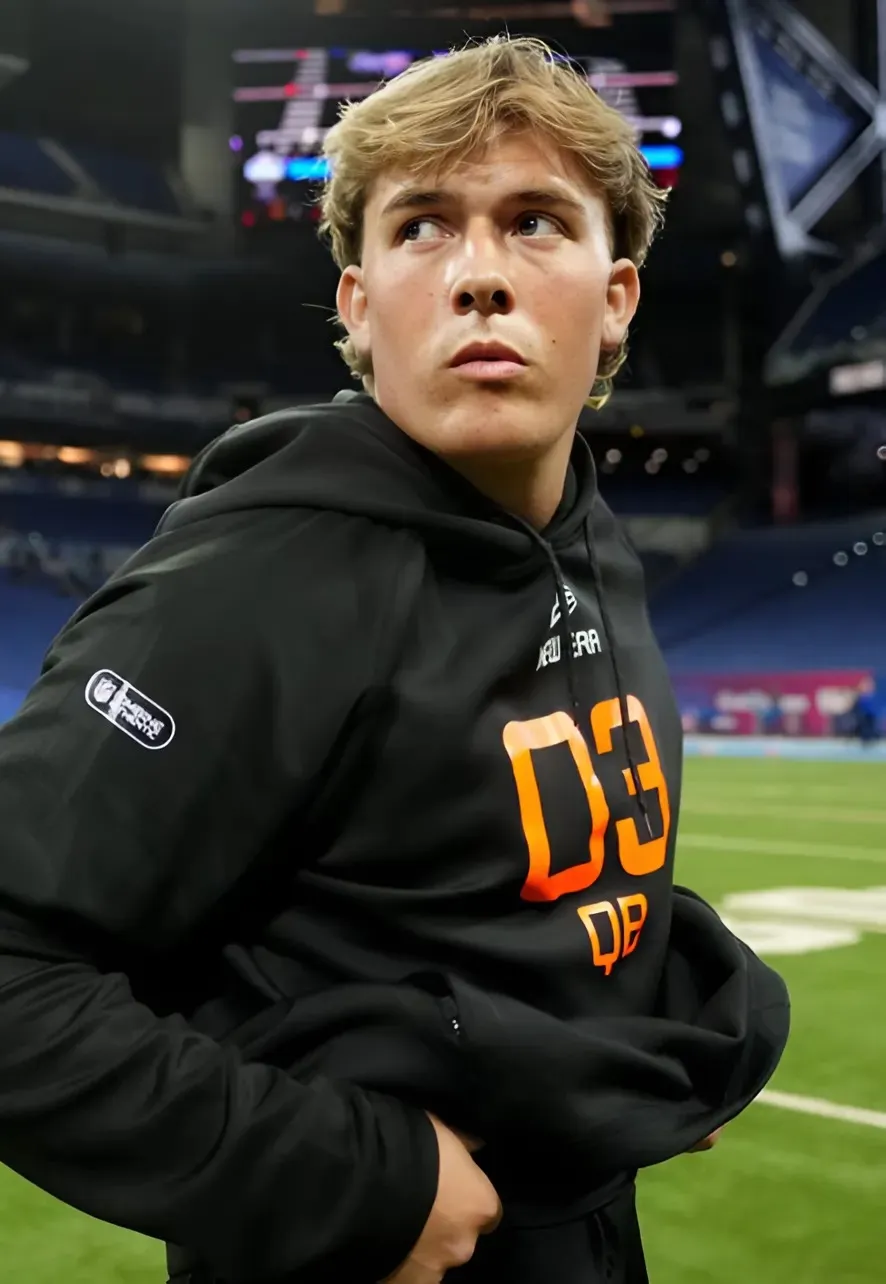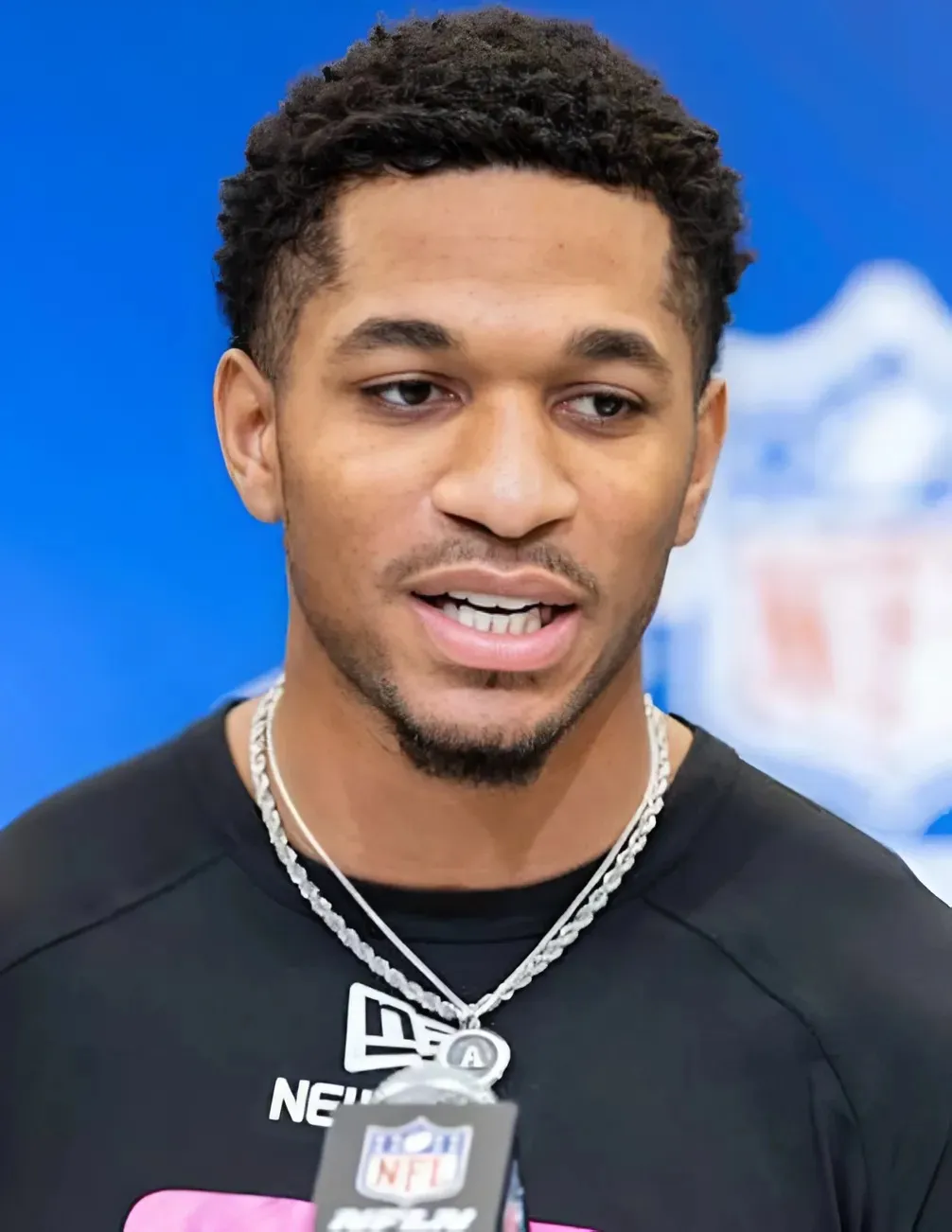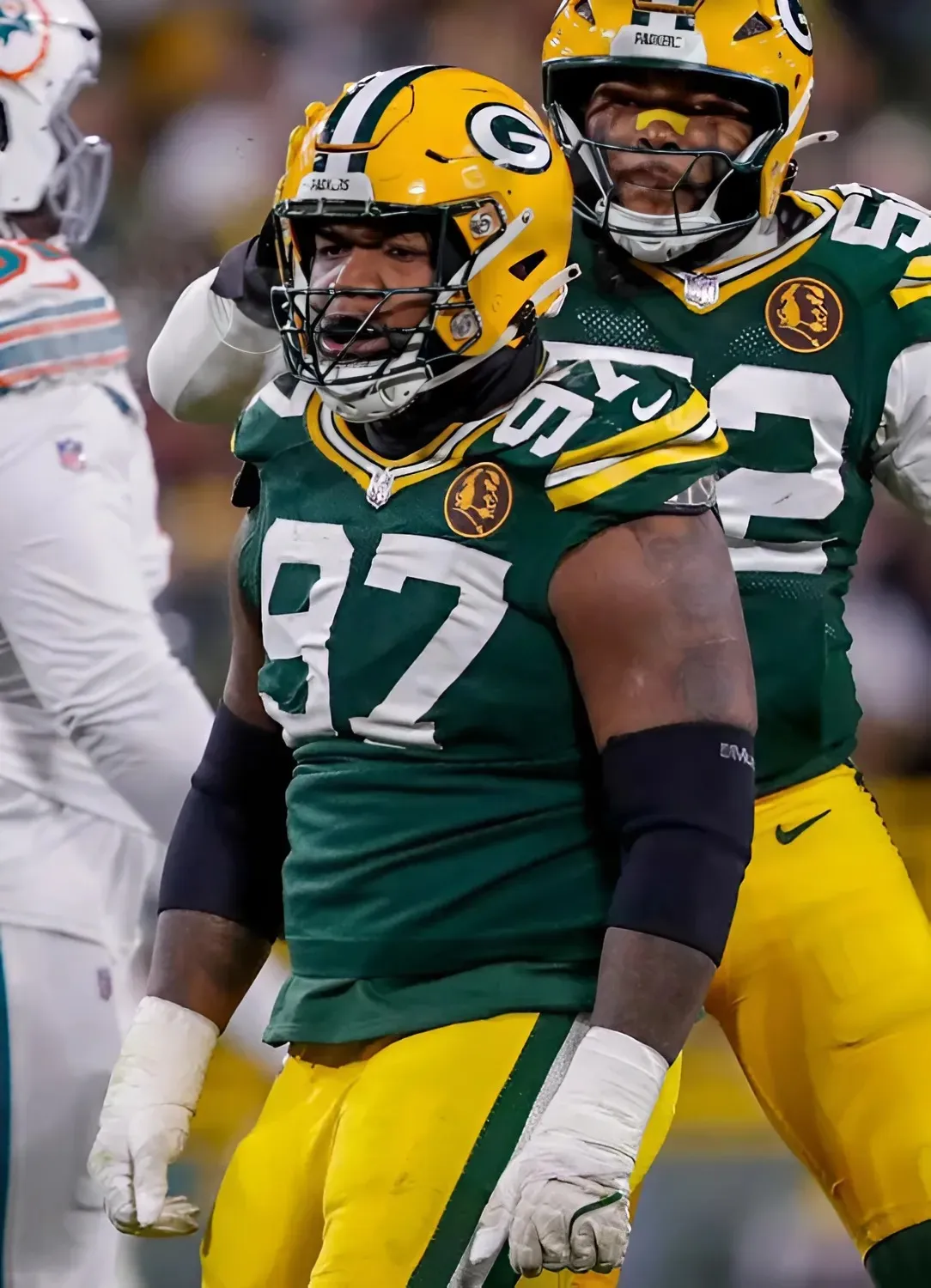
Whoops!
Page not found!
The page you are trying to reach cannot be found. In the meantime feel free to search or check out the articles below.


“They’re at a Good Place Going Forward”: Max Thieriot Teases the Future of Bode and Gabriela’s Relationship

General Hospital Spoilers: Drew Threatens Portia, Sasha & Jason's Heated Moment, Sidwell & Sonny Team Up for a SHOCKING Alliance!









